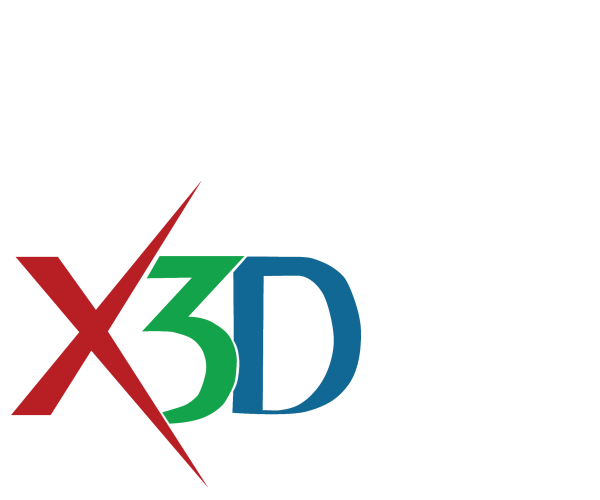



The Web3D Consortium develops and maintains X3DTMand HAnim ISO Standards. Web3D Consortium is an international, member-funded industry consortium committed to the deployment of open, royalty-free 3D standards that enable interactive, real-time 3D on the Web. Available across many application domains and is Web ready. Visit us at Web3D.org